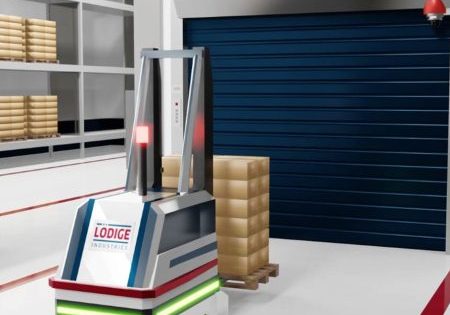Maharashtra’s comprehensive regulations and laws are detailed.
Maharashtra, one of India’s most populous states, is home to countless high-rise buildings and commercial establishments. With the increasing number of high-rise buildings, the need for safe and reliable lift systems becomes crucial. To address this concern, Maharashtra has enacted a comprehensive set of regulations and laws dedicated to ensuring lift safety.
Lift Act and Rules, and IS
The Lift Act and Rules in Maharashtra aim to ensure the safe and efficient operation of lifts and elevators in the state. These laws provide guidelines for the construction, installation, maintenance and inspection of lifts, intending to prevent accidents and ensure the safety of users. In Maharashtra, lift installation is governed by Maharashtra Lift Act 1939 and Maharashtra Lift Rule 1958. Indian Standards (IS) 14665, Part 2, Section 1, and Guideline of National Building Code (NBC) of India 2016 offers guidelines for traffic analysis, which determines the handling capacity and response time based on lift system engineering and design aspects of the lift. While designing the lift system, the designer shall ensure that every component of the lift is designed per engineering requirements, considering static and dynamic load, as well as compatibility of electrical and electronic control systems. The safety component shall be tested to verify that, insofar as construction and operation are concerned, it conforms to the requirements imposed by the standard. It shall be checked, in particular, that the mechanical, electrical and electronic components of the device are properly rated and that, with time, the device does not lose its effectiveness, particularly through wear or aging. If a safety component is needed to satisfy particular requirements (waterproof, dustproof or explosion-proof construction), periodical examinations and/or tests under appropriate criteria shall be made.
Role of Authority
In Maharashtra, the Chief Electrical Inspector and Lift Inspector are the sole authority to implement and regulate the various provisions of the Maharashtra Lift Act 1939 and Maharashtra Lift Rules 1958 and relevant IS with the permission, approval and inspection of lifts and issuing licenses for the lift and its contractor. This authority also oversees annual inspection of lifts and accident investigations.
Role of the Lift Contractor and AMC
One of the key requirements of the Act and Rules is the regular and proper installation, maintenance and inspection of lifts. Under the annual maintenance contract (AMC), maintenance agencies are responsible for conducting routine inspections and repairs to ensure lifts are in proper working condition. These agencies must be licensed by the Energy Department and adhere to the prescribed standards for maintenance and safety. Lift contractors must ensure that the installation and maintenance of lifts are carried out by trained and qualified technicians.
Stakeholder Obligation
The Act and Regulation also emphasizes the obligations of the stakeholder and requires providing safe and well-maintained lifts for occupants. Users are expected to follow safety guidelines while using lifts, including not exceeding the maximum weight capacity and avoiding overcrowding.
Conclusion
The Lift Act & Rules in Maharashtra are comprehensive measures aimed at promoting the safety of lifts by setting strict guidelines for construction, maintenance and inspection. These laws protect the safety of users and reduce the occurrence of lift-related accidents. Hence, loss of life and property is avoided.
One of the key requirements of the Act and Rules is the regular and proper installation, maintenance and inspection of lifts.
Get more of Elevator World. Sign up for our free e-newsletter.








